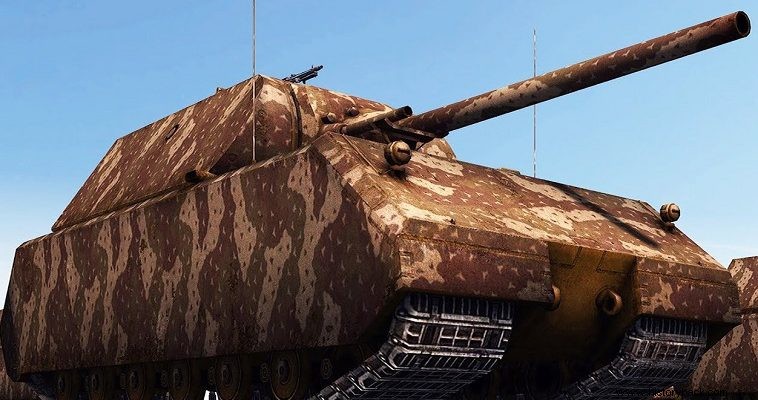
The Germans, during World War II, always wanted to create a super-heavy tank, heavier than the Tiger I and II. They eventually built the Pz VIII Maus (mouse), but too late to have any impact on the development of operations. Only two prototypes of the Maus were built and they never saw combat.
On Hitler's initiative, at the end of 1942, the development of a "split" tank by the Porsche company, the "205" model, began. The tank had to carry the strong strong chest and be equipped with a 128 or 150 mm gun.
Other companies were also involved in the design, Daimler-Benz for the engine, Krupp for the hull and turret, and Siemens for the drivetrain. Assembly was done at the Alkett factory under the supervision of Ferdinand Porsche. The two prototypes built in 1944 were the 205/1 and 205/2. A life-size wooden model was presented to Hitler in December 1943.
The two prototypes were used in tests. It had a Daimler-Benz MB 509 12-cylinder diesel engine with a power of 1080 hp. Despite the power of its engine, the chariot, due to its weight, could develop a maximum speed of about 20 kilometers per hour.
It had a crew of six men and the fuel tank held 1590 liters and gave it a maximum range of 160 km. It had an electromagnetic transmission system and a powerful 150 – 220 mm thick chest. The gun shield was protected by a 250 mm thick breastplate.
The tank was armed with the beastly KwK-44, 55-caliber, 128mm gun , while carrying a "couple" 75mm, 36.5 caliber cannon. It also carried a 7.92mm machine gun and could carry one more for anti-aircraft use. The weight of the chariot reached 188 tons.
Hitler's original plan called for the construction of 10 of these "land battleships," as they were called. However this was not achieved as the situation for Germany worsened. In April 1945 the Germans decided to destroy the two prototypes to prevent them from falling into the hands of the Soviets. But only one was destroyed.
The other was repaired by the Soviets and in May 1946 was sent to the Kubinka tank proving ground. The chariot in question is in the Kubinka chariot museum in Russia.
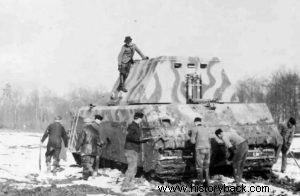
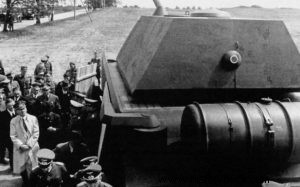
Life-size wooden model of Maus being shown to Hitler.
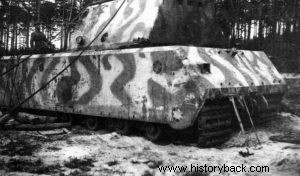
The Maus found by the Soviets.
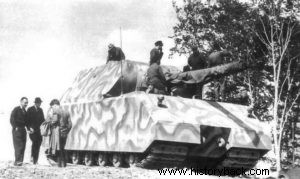
Maus tank during testing.
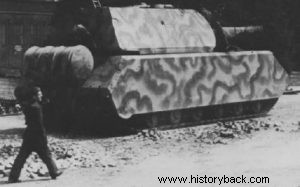
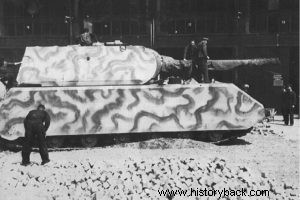
Maus tank during testing in April 1944.
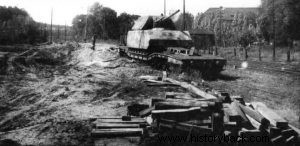
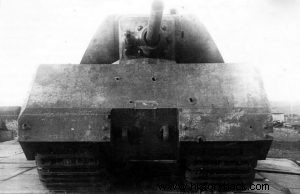
The chariot found by the Soviets.
